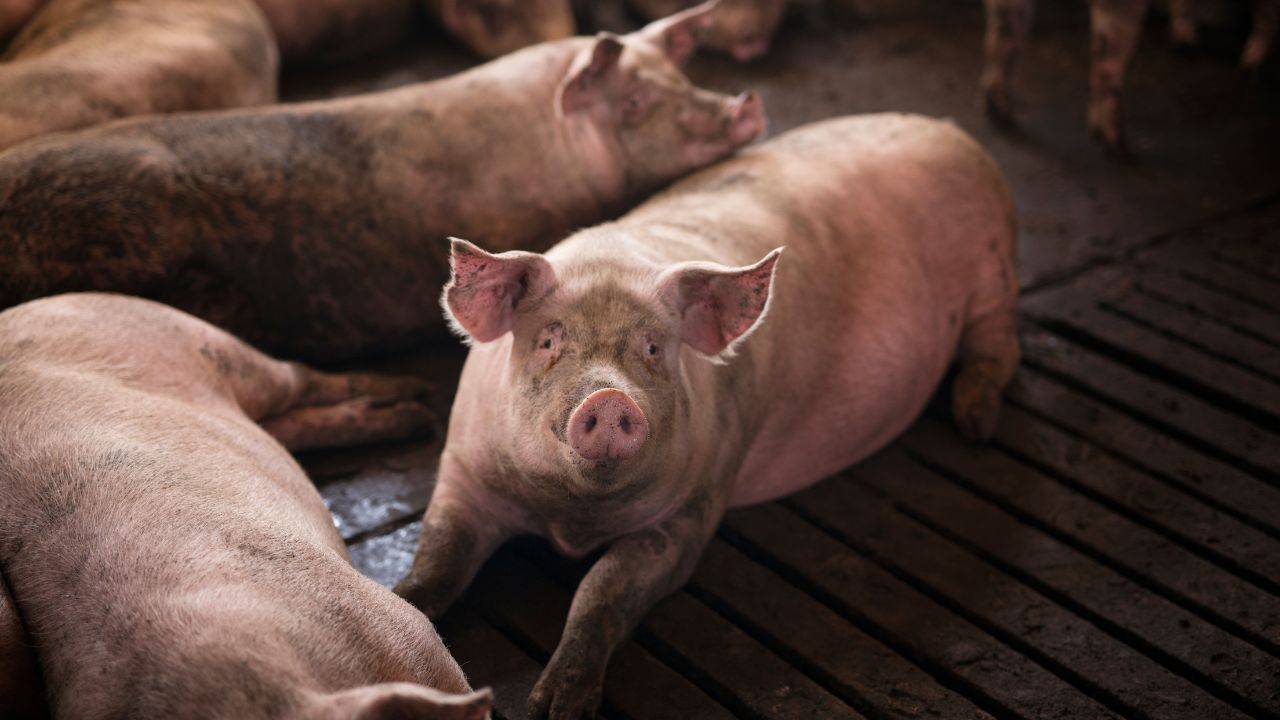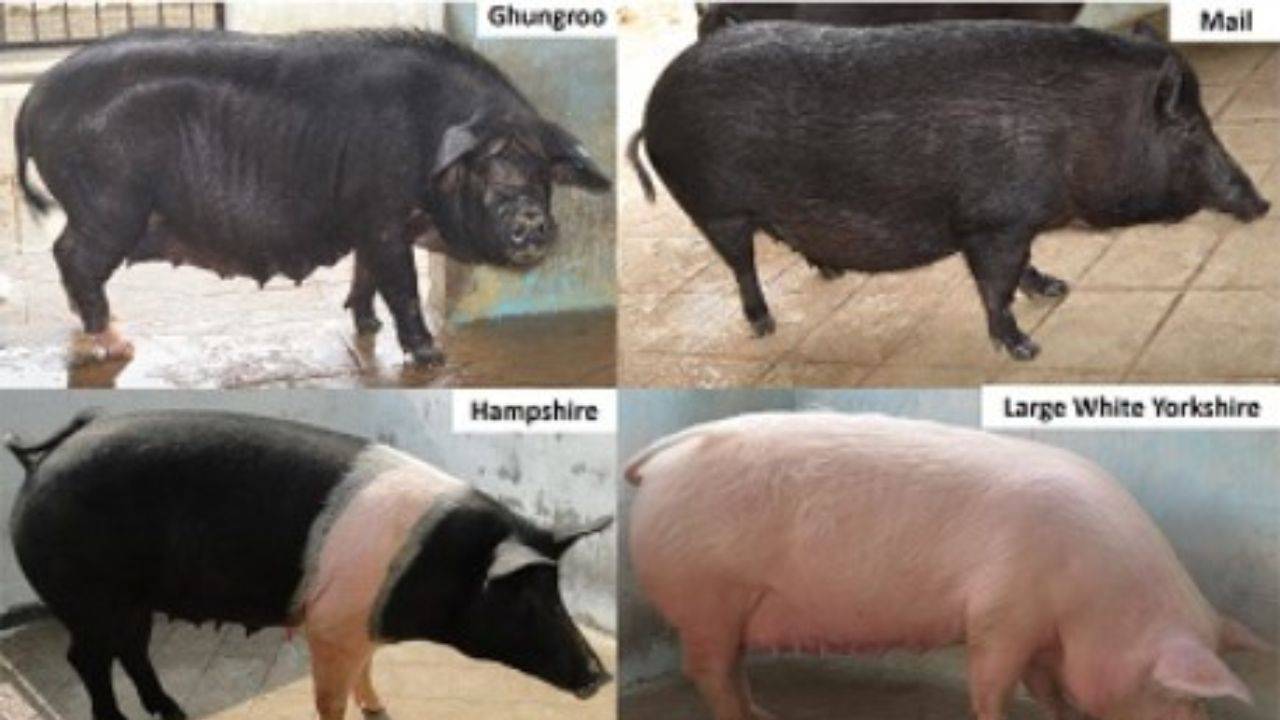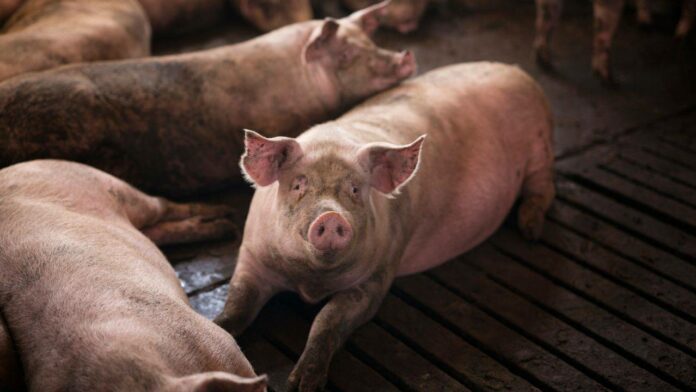-
Home -
Animals
The genome sequencing of two indigenous breeds of pigs, namely Ghangro and Mali, has been successfully completed down to the chromosomal level. The genome sequencing of two exotic pig breeds, the Hampshire and the Large White Yorkshire (LWY), has also been completed down to the chromosome level.

Genome sequencing of two indigenous breeds of pigs, viz Ghungroo And financial has been successfully completed down to the chromosome level. Research work has been done at ICAR-National Research Center on Pig, Rani, Guwahati.
As well as native breeds, two exotic pig breeds, Hampshire and Large White Yorkshire (LWY), have had their genomes sequenced down to the chromosome level, for which only scaffold-level assemblies were available.
Genome sequencing of pig breeds
The average genome size is about 2.55 GB with about 40% repetitive elements, with only minor differences between different pig genomes.
Analysis of repetitive elements in the genome reveals a distribution between class 1 retrotransposons including:
-
Long interspersed atomic elements (lines) make up 17.3%
-
Short Interspersed Nuclear Elements (SINEs) which comprise 3.3%
-
Long terminal repeat elements (LTRs) 6.8%

The porcine genome
The porcine genome contains approximately 25,000 genes with 1,580 common single-nucleotide variations in domestic pig breeds compared to 4,100 in exotic animals.
Variants were identified by genome-wide comparison of the Ghungro, Hampshire, Mali, and LWY genomes with the reference assembly Sscrofa11.1.
The analysis revealed more than 1,00,800 structural variations in the genomes of the four species, including 46,687 deletions, 352 duplications, and 53,825 additions.
Unique heat shock protein gene variants identified in the indigenous Mali and Ghungroo genomes provide insight into local animal adaptations. The assembled genome will serve as a resource to further understand the porcine genome and promote applications in functional genomics.
First Published: 10 October 2023, 14:08 IST
Take the quiz.
Show your support for agrijournalism.
Dear Patron, Thank you for being our reader. Readers like you are our inspiration to advance agri-journalism. We need your support to continue delivering quality agri journalism and reach farmers and people in every corner of rural India.
Every contribution is valuable for our future.
